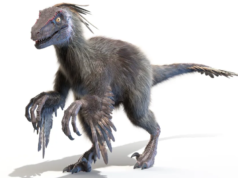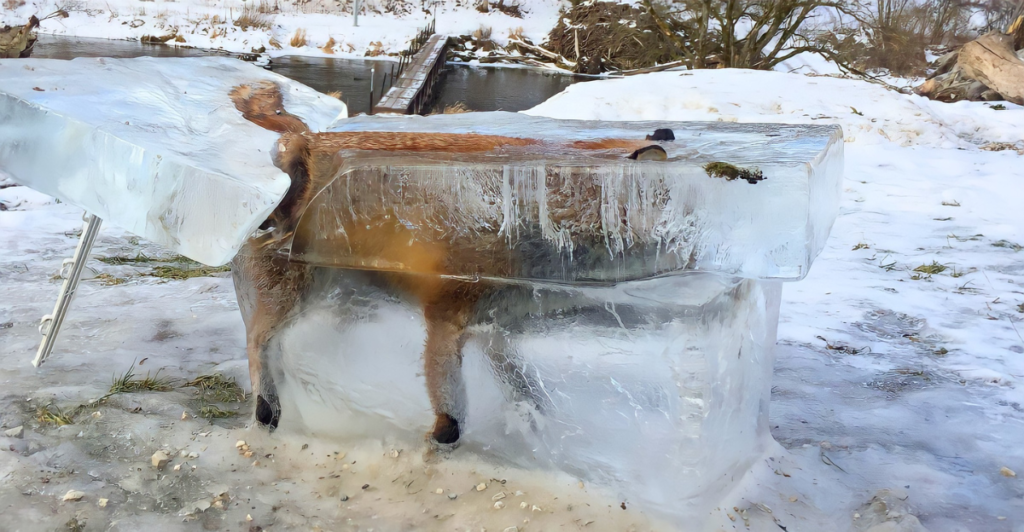
Frozen prehistoric creatures can be quite fascinating. They tell a story of a time that is long gone but still close enough to see little pieces of. These extraordinary discoveries have captivated scientists and the public from every part of the world, and they are like a gift that keeps on giving.
These are some of the most jaw-dropping prehistoric discoveries that have been made and still leave the world in awe.
1. Steppe Bison
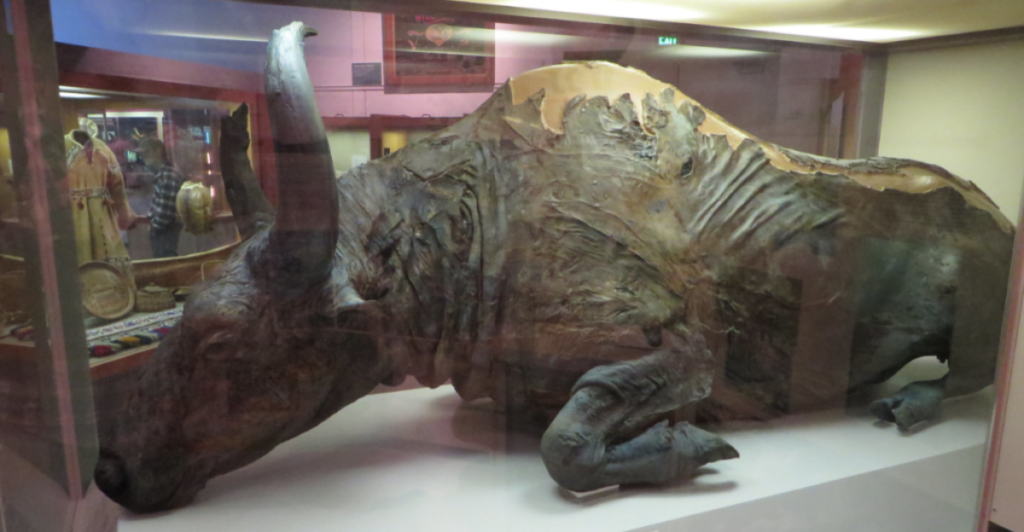
The Yukagir Steppe bison mummy, dating back 9,300 years, was discovered in Siberia. This extinct Bison priscus specimen is remarkably intact, with its brain, heart, blood vessels, and digestive system preserved despite some shrinkage over time.
Scientists performed a necropsy on the mummy, revealing insights into its life and death during the Ice Age. While its anatomy appeared normal, the absence of fat around its abdomen suggests starvation as a possible cause of death.
2. Lena Horse Foal
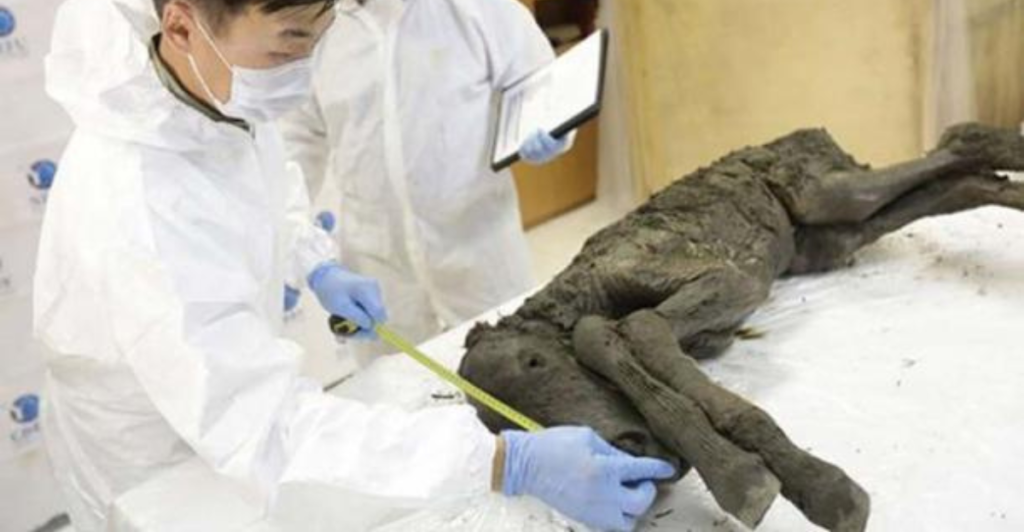
A young foal, estimated at just over 40,000 years old, was discovered in Siberia’s Batagaika Crater, also known as the “Doorway to the Underworld.” This foal was found to be a Lena Horse from the Late Pleistocene and was perfectly preserved.
This specimen retained its dark brown coat, mane, tail, hooves, and even internal organs, making it one of the most extraordinary finds of its kind. Researchers believe the foal drowned in a natural trap and was preserved by the icy permafrost.
Astonishingly, liquid blood was extracted from its veins, making it the oldest liquid blood ever recovered, along with other biological fluids and well-preserved urine.
3. Mummified Mammoth (Nun Cho Ga)
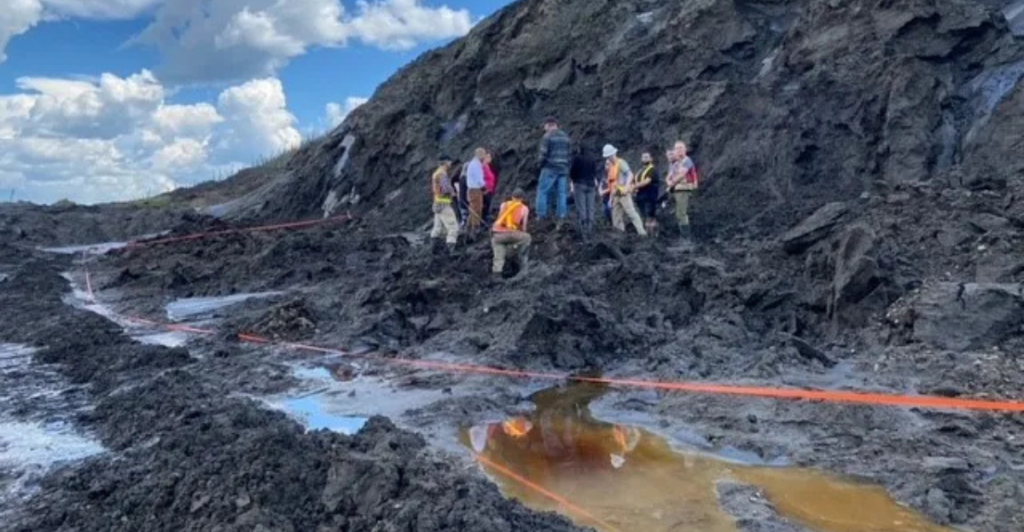
A mummified baby woolly mammoth was discovered in Yukon’s Klondike gold fields and was named “Nun cho ga,” which means big baby animal in the Hän language by Tr’ondëk Hwëch’in Elders.
This discovery was made in 2022, when this 30,000-year-old calf was found remarkably well-preserved, retaining its skin, hair, and internal features. Nun cho ga was likely only a month old when she died, possibly after getting stuck in the mud.
As the most complete mummified mammoth found in North America, Nun Cho Ga represents a significant collaboration between scientists and Indigenous communities to honor and study this remarkable relic of the Ice Age.
4. Cave Lion Cub

Sparta and Boris are two of the most remarkable cubs unearthed along the Semyuelyakh River in 2017 and 2018. Sparta, estimated to be 28,000 years old, is considered one of the best-preserved Ice Age specimens ever found, with its fur, whiskers, and claws still intact. Boris, slightly older at 43,448 years, was found nearby in similarly pristine condition.
These cubs were only one to two months old when mummified, likely buried by a landslide that preserved them in permafrost. Cave lions, which roamed Europe and Asia until about 10,000 years ago, were up to 20% larger than modern lions and adapted to cold environments.
5. Preserved Wolf Pup

The mummified wolf pup, Zhùr, was discovered in Yukon’s permafrost in 2016 and is around 57,000 years old. This seven-week-old female gray wolf was preserved with her fur, skin, tail, and muscle tissues intact.
This pup was found by a gold miner near Dawson City, Zhùr, and most likely died when her den collapsed, quickly entombing her in the frozen earth. Her exceptional preservation has allowed scientists to reconstruct her life in remarkable detail, revealing that her diet consisted mainly of fish rather than large mammals.
6. Woolly Mammoth (Yuka)
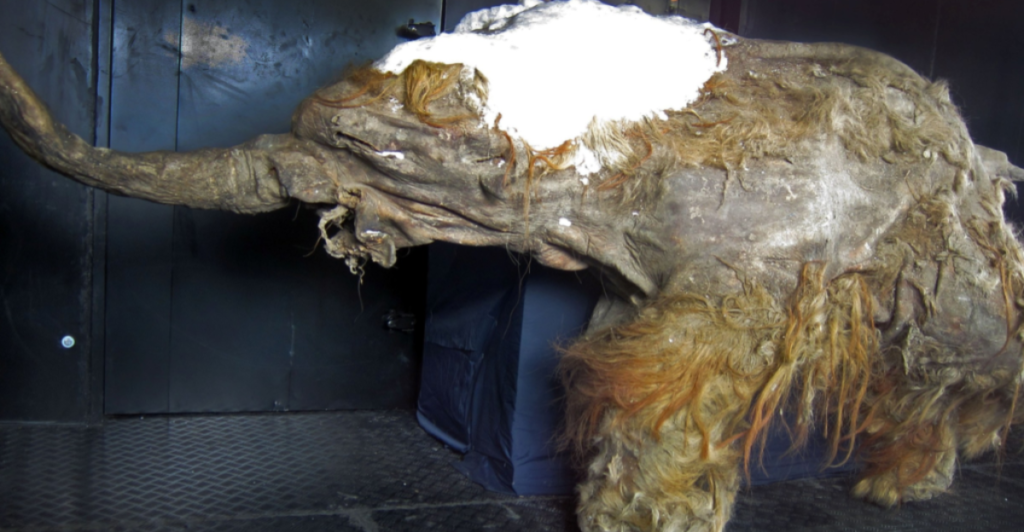
Yuka, a juvenile woolly mammoth, was discovered in Siberia in 2010 and roamed the earth around 39,000 years ago. Yuka retained reddish-brown fur, pink flesh, and even an intact brain—the first mammoth brain ever recovered from permafrost. This specimen also revealed intriguing evidence of human interaction.
Researchers found signs that its carcass had been methodically butchered by ancient hunters, with organs removed and bones placed nearby. The theory is that humans may have buried the mammoth’s remains so that they can use it at a later time.
7. Mummified Cave Bear

In 2020, a remarkable discovery was made in Siberia when reindeer hunters on Bolshoy Lyakhovsky Island found the remains of a prehistoric cave bear.
This adult Ursus spelaeus specimen is the first to be found with intact soft tissues, including fur, internal organs, and even its black nose. Estimated to be between 22,000 and 39,500 years old, the bear’s remarkable preservation is attributed to the permafrost that encased it for millennia.
8. Woolly Rhinoceros

One of the most notable discoveries occurred in Siberia, where a carcass between 20,000 and 50,000 years old was recovered from melting permafrost. This specimen retained soft tissues, including thick hair, part of its intestines, and a lump of fat, with its horn found nearby.
Scientists believe the young rhino, likely three to four years old, drowned before being encased in ice. Woolly rhinos’ adaptations, such as their thick coats and large horns, allowed them to thrive in frigid climates by sweeping snow to access vegetation. These remarkable creatures were believed to have roamed the earth until as early as 18,500 years ago.
9. Prehistoric Penguin Colony
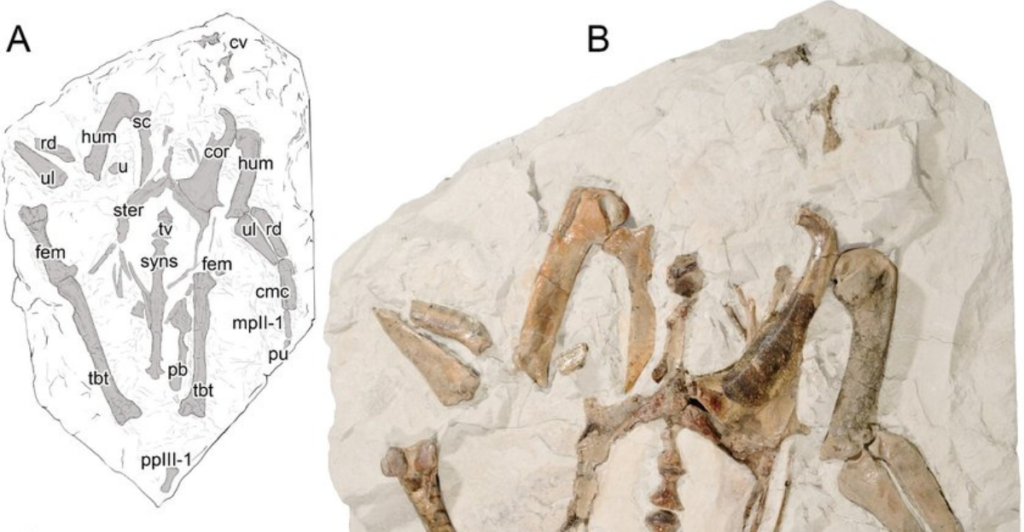
While exploring Waikato, New Zealand, a group of schoolkids found something remarkable set in stone. Dating between 27.3 and 34.6 million years, this penguin stood approximately 1.4 meters tall, with unusually long legs that may have enhanced its swimming speed and diving depth.
The fossil, described as one of the most complete skeletons of an ancient penguin ever found, highlights the remarkable diversity of penguins during the Oligocene epoch when much of New Zealand was submerged underwater.
Explore more of our trending stories and hit Follow to keep them coming to your feed!

Don’t miss out on more stories like this! Hit the Follow button at the top of this article to stay updated with the latest news. Share your thoughts in the comments—we’d love to hear from you!



